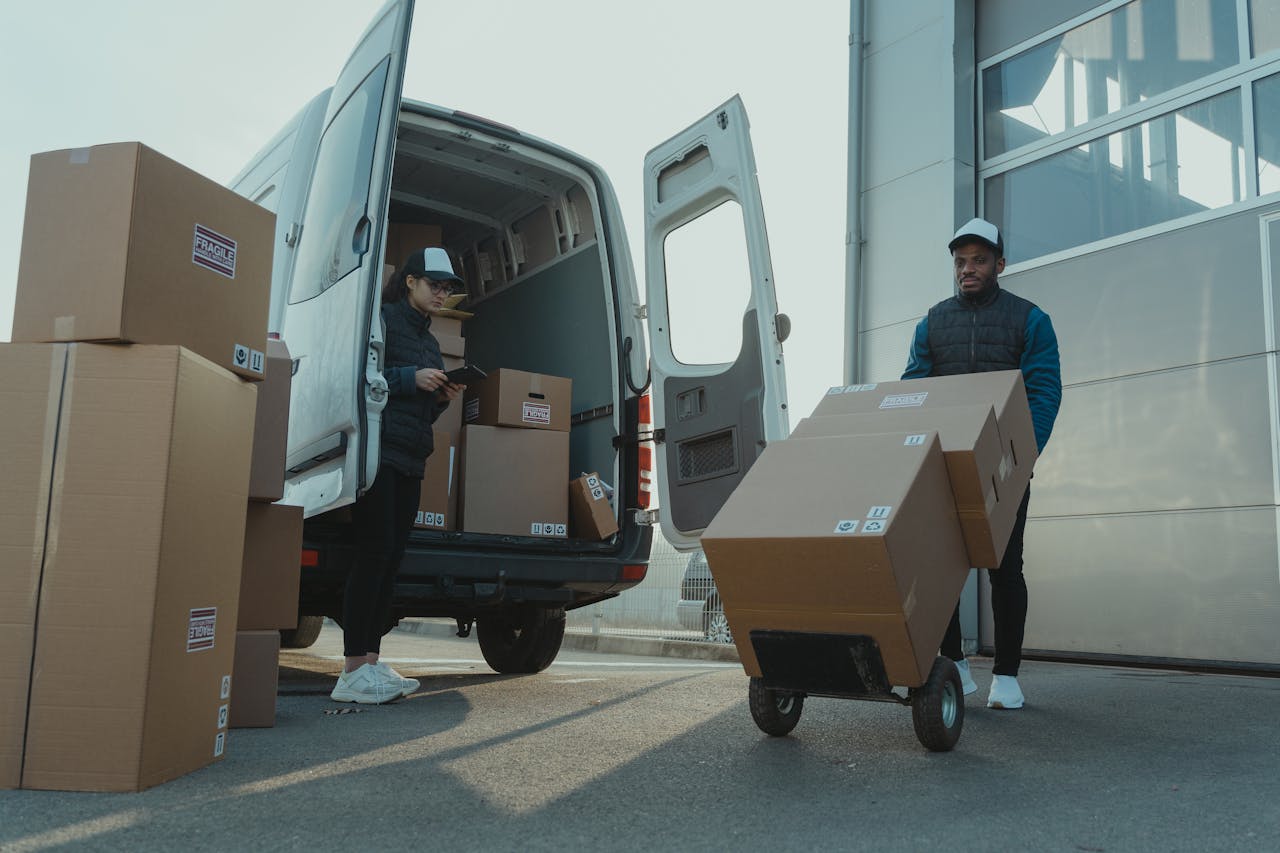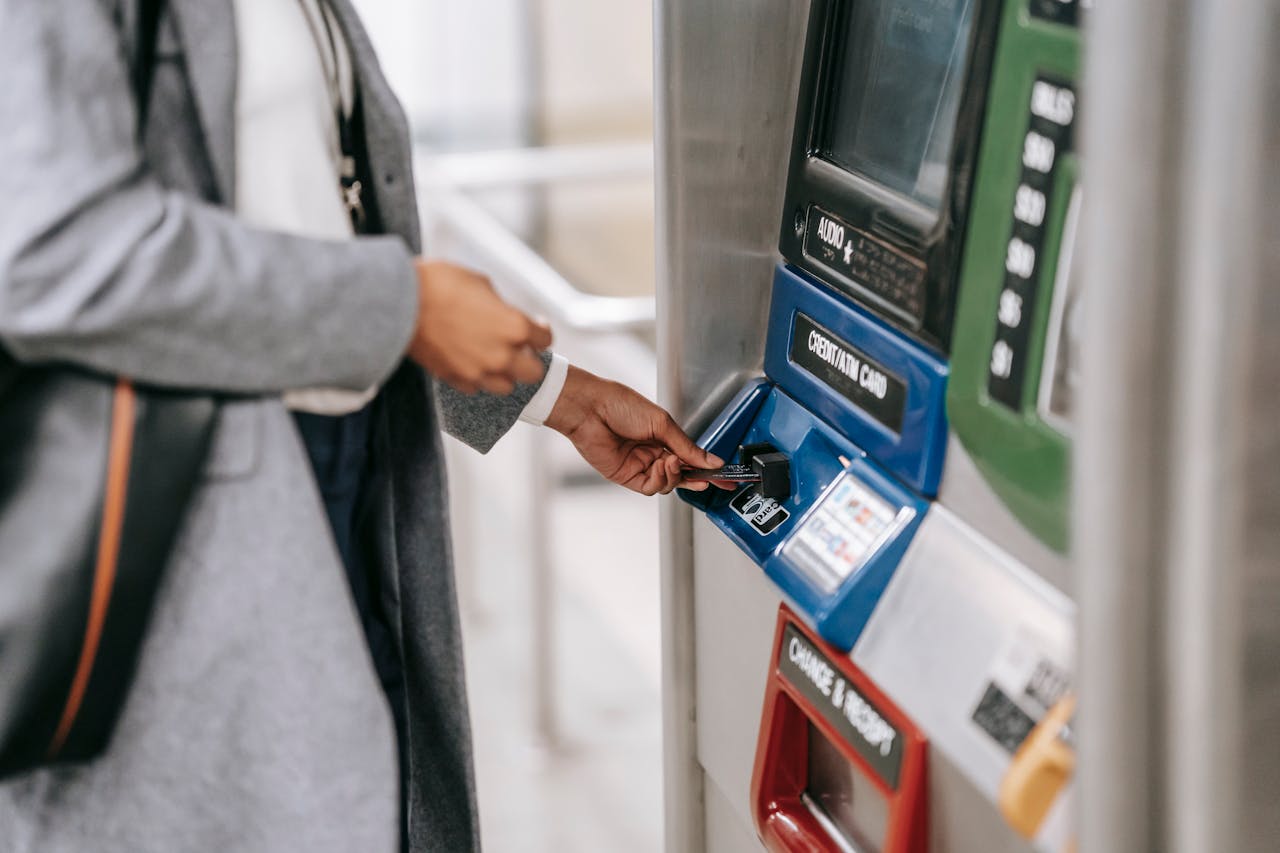

The logistics landscape in Southeast Asia (SEA) has undergone significant improvements. The SEA logistics market was valued at over USD 497 billion in 2020 and is projected to expand further in the coming years. The SEA logistics market is driven by various regional initiatives and government policies to enhance connectivity, efficiency, and competitiveness across the ASEAN. These initiatives have facilitated smoother cross-border trade and stimulated investment and innovation within the logistics industry.
Several key logistics regional initiatives have been implemented in SEA. The ASEAN Single Window (ASW) was launched in 2005 and has been fully implemented since 2018. It is a centralized platform for exchanging trade-related information between governments and businesses within the ASEAN region. This initiative aims to streamline cross-border trade processes, reducing the time and costs associated with customs clearance and documentation. By harmonizing trade procedures, the ASW has contributed to improved revenue yields for logistics players, minimizing delays, and enhancing trade compliance and transparency across SEA.
Initiated in 2016 and expected to be completed by 2025, the ASEAN Connected Transport Network (ACTN) focuses on improving transport connectivity within ASEAN. It aims to integrate and stimulate investments in national transport networks, harmonize transport regulations and standards, and leverage digitalization to enhance efficiency and transparency in cross-border transport operations. This network facilitates smoother movement of goods and people across ASEAN states, benefiting logistics companies and bolstering regional trade.
Implemented in 2017, the ASEAN Port Harmonization and Standardization (APHS) aims to standardize procedures and infrastructure across ASEAN ports to enhance efficiency and competitiveness. By harmonizing standards and improving infrastructure, this initiative strengthens the ASEAN supply chain network and supports member states in attracting trade and investment through more efficient port operations.
The ASEAN Customs Transit System (ACTS) was implemented in November 2020 to simplify and harmonize customs procedures for moving goods within the ASEAN region. By streamlining customs transit systems, ACTS reduces trade barriers, promotes investment, and improves overall logistics efficiency within ASEAN.
Lastly, Thailand's logistics transformation initiative, Thailand 4.0, launched in 2018 and ongoing for five years, aims to enhance the country's logistics and supply chain systems. This initiative focuses on developing new logistics infrastructure, such as ports, airports, and highways, to support sector growth and improve competitiveness. Additionally, Thailand 4.0 emphasizes workforce development, ensuring the logistics sector has a skilled workforce equipped with the necessary knowledge and skills to drive industry growth and innovation.
Cross-border logistics in SEA presents numerous opportunities. Some key opportunities in cross-border logistics enhancements within SEA include e-commerce logistics. The booming e-commerce sector in SEA, fueled by increasing internet penetration and rising consumer spending, offers substantial opportunities for cross-border logistics enhancements. As more consumers shop online for goods from international sellers, there is a growing need for efficient cross-border shipping and delivery services.
The ASEAN Economic Community (AEC) aims to create a single market and production base, facilitating the free flow of goods, services, capital, and skilled labor among member states. This integration reduces trade barriers and bureaucratic hurdles, fostering cross-border trade and investment.
Bilateral and multilateral trade agreements, such as the Regional Comprehensive Economic Partnership (RCEP), lower tariffs and streamline customs procedures among member countries. These regional trade agreements promote cross-border trade and open up new market opportunities.
Source: https://ycpsolidiance.com/white-paper/logistics-last-mile-southeast-asia

Unlocking Opportunities in the SEA Digital Financial Services Landscape
In recent years, Southeast Asia (SEA) has emerged as a hotbed for fintech innovation, transforming the financial landscape across its diverse markets. This transformation is characterized by a surge in digital financial services (DFS), revolutionizing how individuals and businesses manage their finances. However, the journey is not without its challenges, and understanding these is crucial for stakeholders aiming to navigate this rapidly evolving sector.

Leading the Charge: Major Players in SEA’s Digital Lending Market
The fintech lending market in SEA is poised for substantial growth, including digital lending which is set to surpass digital payments as the primary revenue driver for the region's digital financial services sector by 2025, with a compound annual growth rate (CAGR) of 33%. This growth is fueled by the widespread adoption of automated loan origination processes and the seamless integration of financial services into digital platforms.

How SEA Startups are Navigating Funding Challenges
The startup ecosystem in Southeast Asia (SEA) has long been a vibrant hub for innovation and growth. However, recent global economic shifts and the aftermath of the COVID-19 pandemic have ushered in a new era of funding challenges.

Challenges for Sustainable Recovery in Southeast Asia
Sustainable recovery in Southeast Asia faces numerous challenges, yet also presents significant opportunities for green growth. Addressing sustainable issues is crucial for achieving a resilient and sustainable future.